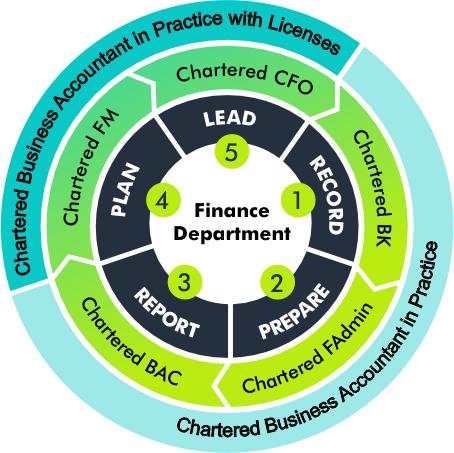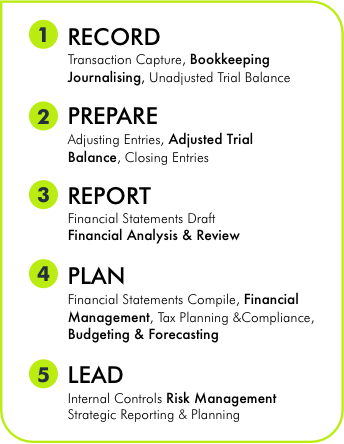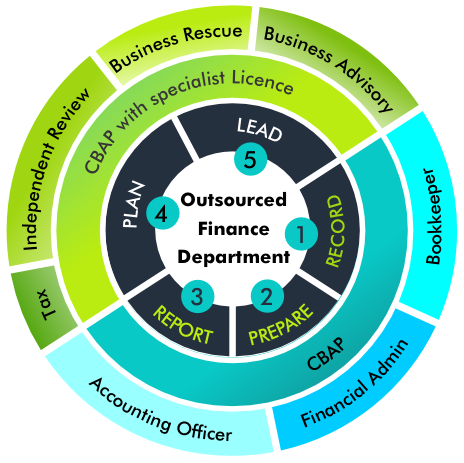
Chartered Business Accountant in Practice (CBAP)
Your practice. Your clients. Your authority to operate
Many people start doing private accounting work, helping friends with tax returns, doing bookkeeping for a few small businesses, or setting up companies.
But without a professional designation, you:
Can’t legally do certain work (like tax advice or independent reviews)
Struggle to win bigger, better-paying clients
Risk making mistakes that could put you, and your clients, in trouble
CBAP changes that. It gives you formal recognition, legal protection, and the credibility that clients and regulators trust.
Become a CBAP
Join now and receive
the essential credential
for career development
R1953pm
for 3 months
PART
Start Your Practice, Get the CBAP
Your side hustle becomes a recognised profession.
What CBAP Means
CBAP tells the market you’re a qualified, ethical professional who can offer accounting, accounting officer and tax compliance services in your own name.
PART
Grow Your Practice, Add a Licence to your CBAP
The work you really want. The fees you really deserve.
Why a Licence Matters
Some work is restricted by law, like giving tax advice, performing assurance work, or handling business rescues. Without the right licence, you can’t legally do it, and you’ll lose clients to those who can.






